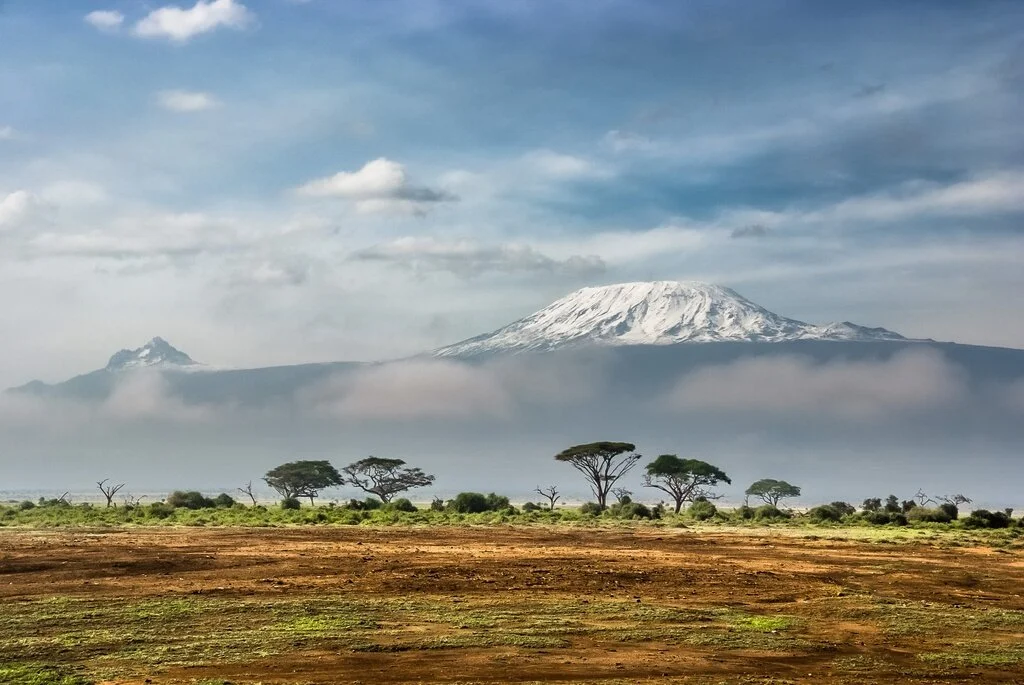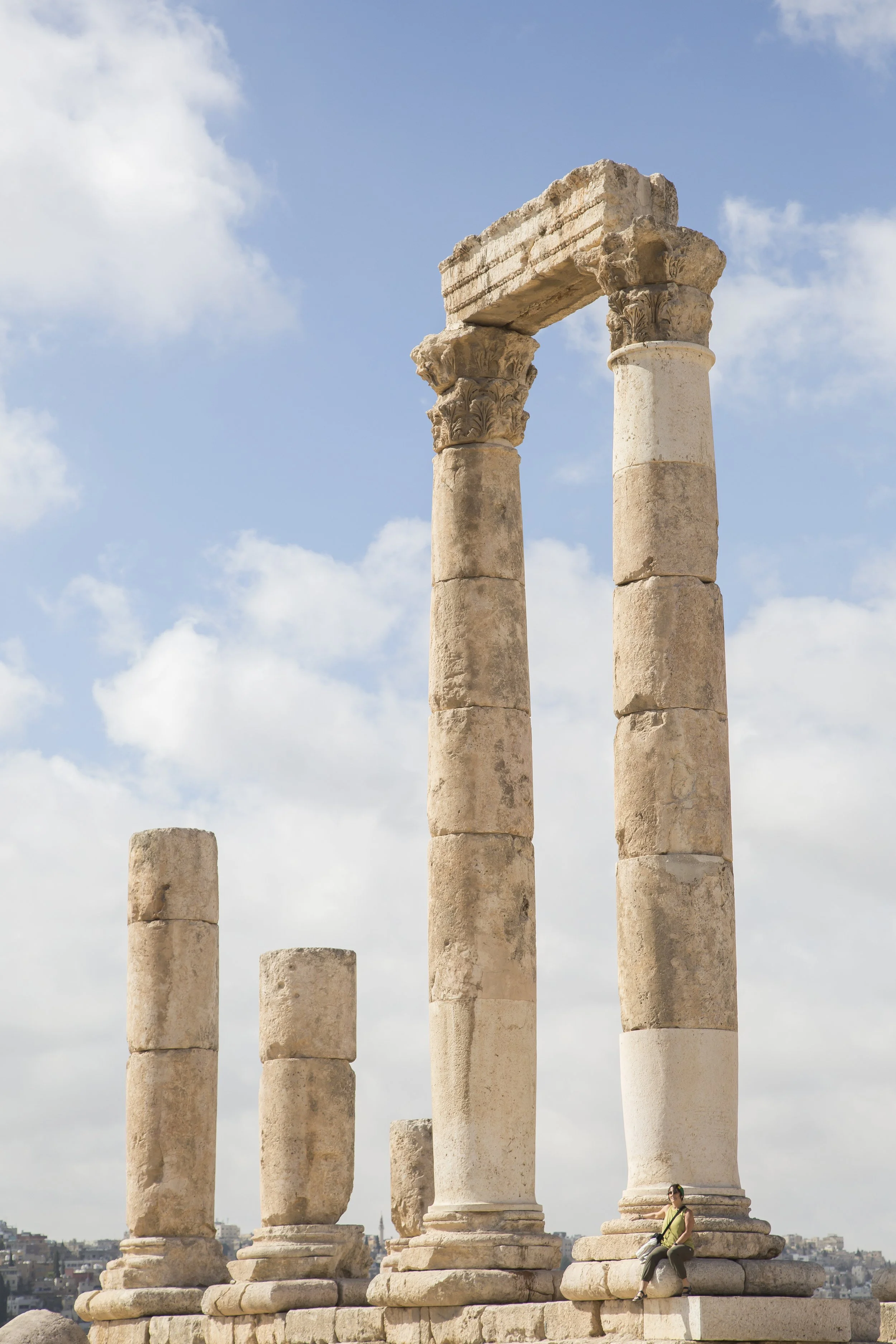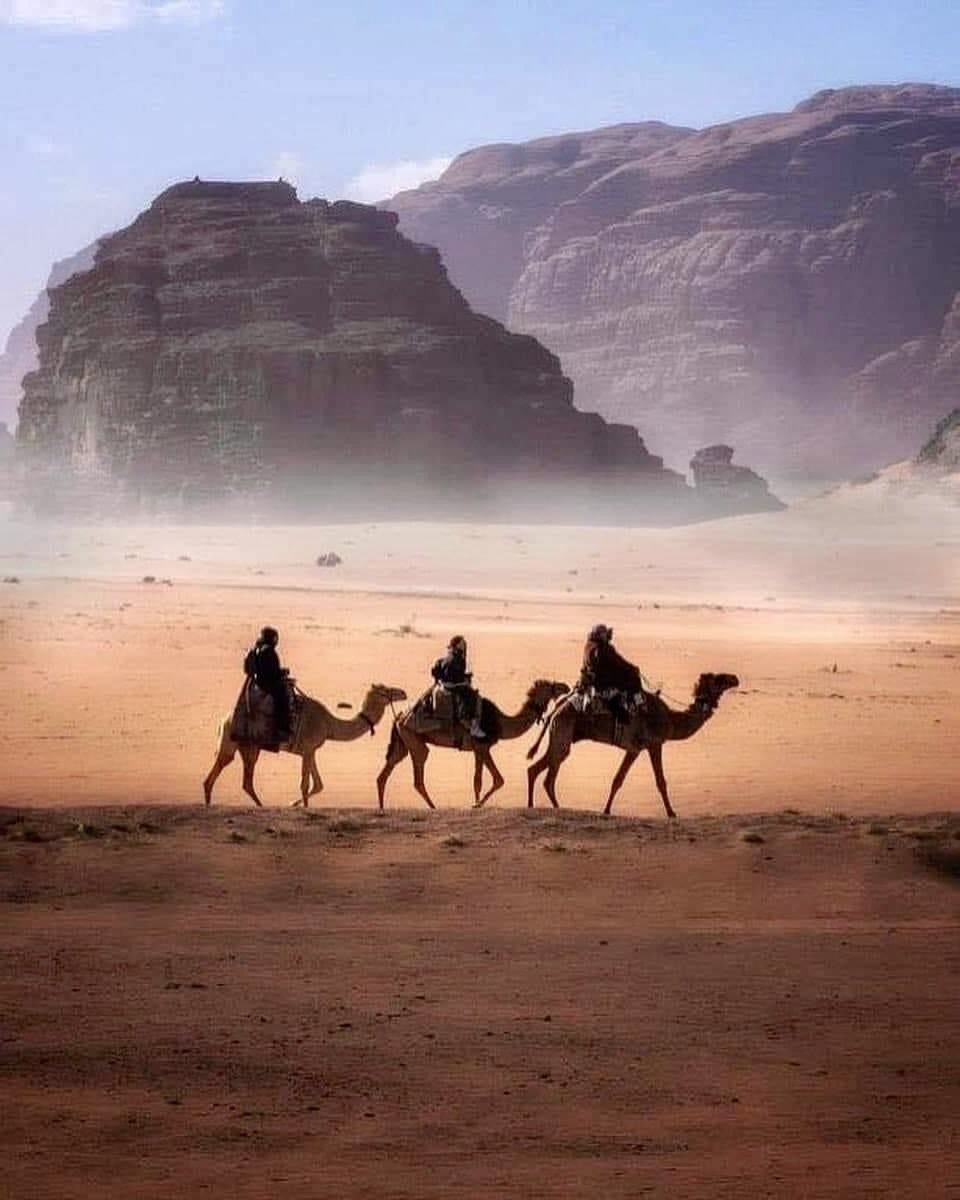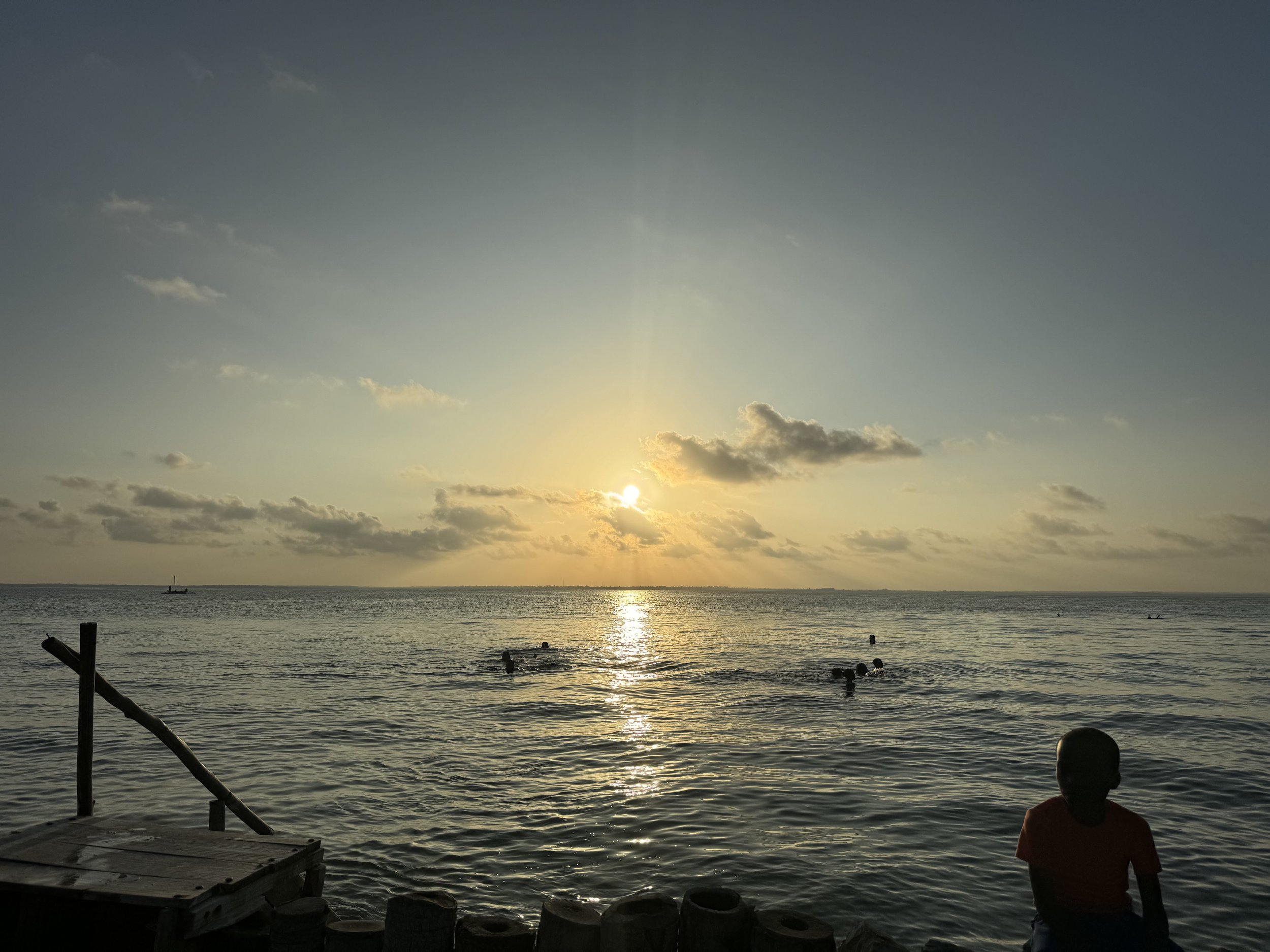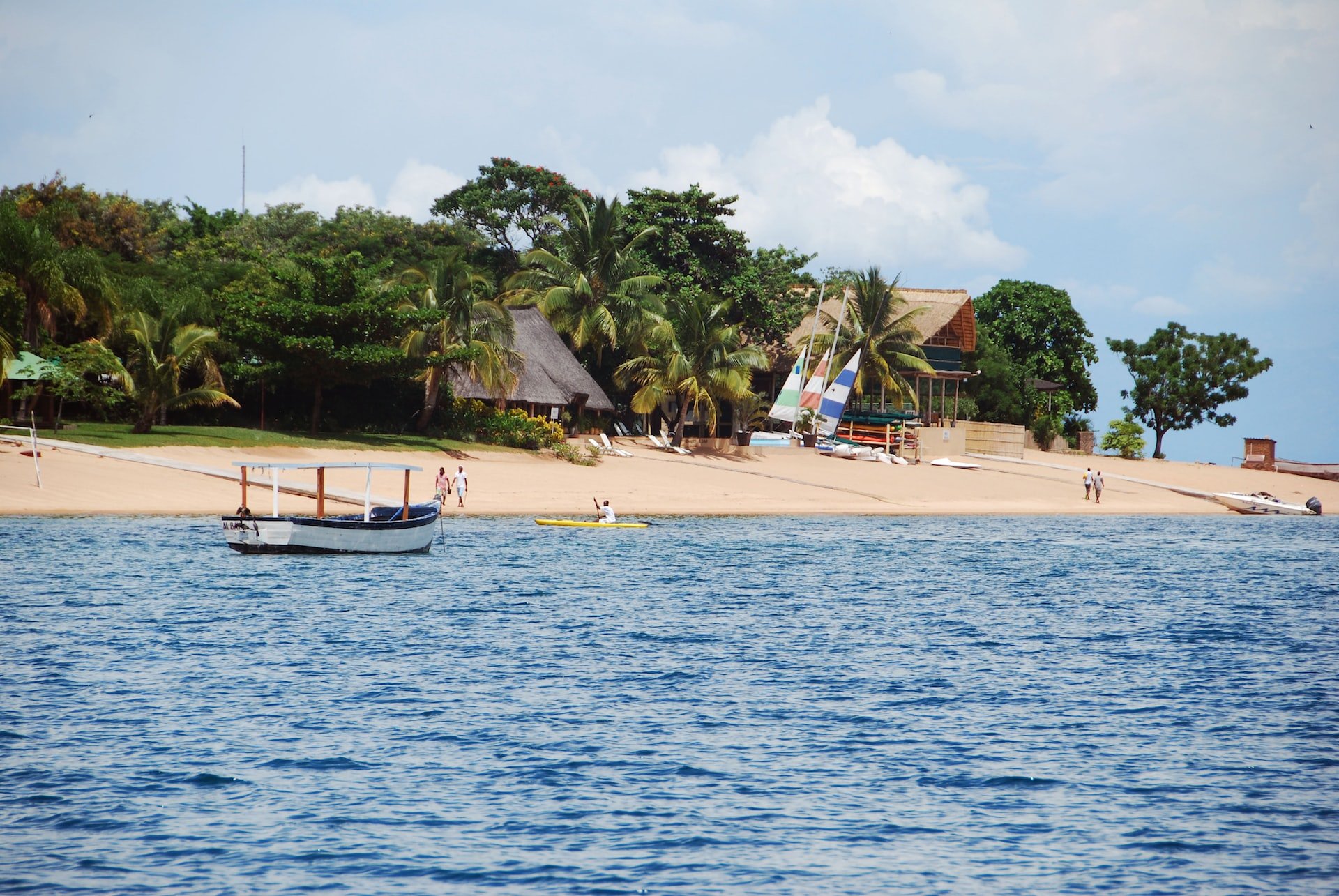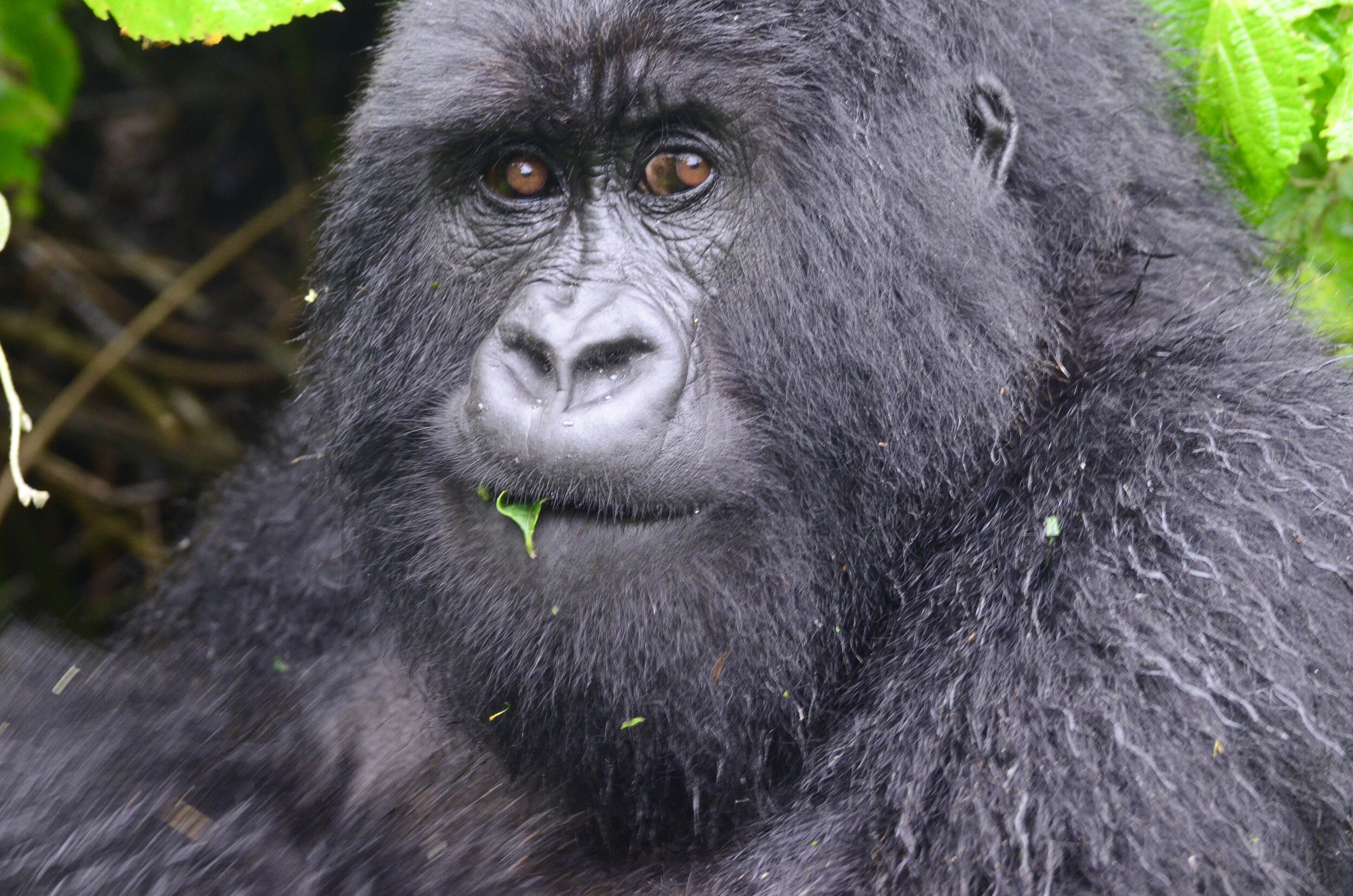In Stone Town, the historic capital of Zanzibar, the renowned wooden doors serve as striking symbols of the island's rich cultural heritage and its past prosperity. These intricately carved entrances, often adorned with elaborate designs, have become iconic features of the town's landscape. Remarkably, these doors frequently endure as the sole surviving elements when surrounding buildings deteriorate or collapse, showcasing not only their exceptional craftsmanship but also the resilience of the artisans who created them. Unique to this area, Stone Town boasts a remarkable concentration of ornate doors, influenced by a blend of Indian, Arab, and Swahili styles. Each door tells a story, revealing the diverse cultural influences that have shaped the island over centuries.
The designs of Zanzibar’s doors are a direct reflection of the island's historical significance as a trading hub. This status was cultivated through cultural exchanges with India, Arabia, and the African mainland, resulting in a rich tapestry of artistic expression. Among the most noteworthy features of these doors are:
Brass Knobs: Inspired by the traditional Indian doors, where large knobs were originally designed to deter elephants, these decorative brass elements add both beauty and an exotic flair to Zanzibar's doors. The craftsmanship involved in shaping these knobs is a testament to the skilled artisans of the region.
Smaller Openings: Many of the larger doors include a smaller entryway within, compelling visitors to stoop as they enter. This architectural choice not only adds a sense of respect but also reinforces a feeling of control for the homeowners, establishing an intimate boundary between public and private spaces.
Carved Reliefs: The ornate reliefs found above the doors reveal significant aspects of the owner's social status, religious beliefs, or profession. These carvings further emphasize the unique heritage of each family, allowing each doorway to serve as a narrative of its inhabitants.
The various door styles found in Zanzibar are a testament to the island’s diverse cultural influences:
Indian (Gujarati) Doors: Commonly located along the bustling bazaar streets, these doors are typically characterized by square shutters that are both functional and visually appealing. They reflect the vibrant trade connections Zanzibar maintained with India.
Arab Doors: Often embellished with intricate Arabic inscriptions, these doors are elaborately framed, showcasing the Arab influence on the island's architectural style. The inscriptions can carry profound meanings, often invoking blessings or protection for the home.
Swahili Doors: These doors appear in two predominant styles: rectangular frames that harken back to earlier designs, and later iterations featuring arched lintels that became popular in the 19th century. The evolution of these styles highlights the ongoing cultural exchanges and adaptation that occurred over time.
The age of a Zanzibar door can often be determined by examining the carvings on the lower posts. Early designs prominently featured fish symbols, an homage to the island's maritime culture, which later evolved into a pineapple motif as tastes changed and modern influences emerged.
Today, fewer than 800 original Zanzibar doors remain, a sobering statistic that underscores the importance of preservation efforts. Recognized as part of the island’s cultural heritage since 1980, these doors stand as vivid reminders of Stone Town's once-thriving economy and its multicultural legacy. Each door is not just an entrance; it is a portal to the past, inviting visitors to appreciate the intricate history and artistry that define this enchanting part of the world. As they walk through these carved thresholds, one can almost hear the stories of traders, explorers, and families who have passed through, each contributing to the rich narrative of Stone Town and its remarkable heritage.

